It is known that Costa Rica is a country with very rich water resources and geothermal resources, and Costa Rica also attaches great importance to agricultural development. It is a globally important exporter of pineapples, bananas, and coffee, and is very dependent on the use of water resources.
However, recently, there have indeed been many water resource crises in Costa Rica. According to local media reports in Costa Rica, the budget implementation rate of the water supply pipeline and sewerage administration (AyA) in the past 7 years (2017 to 2023) is only 48.8%, which has triggered a water supply crisis in many areas.
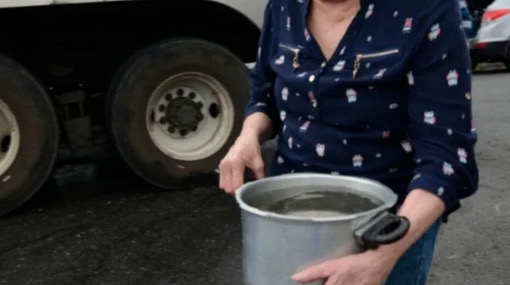
As early as January this year, the water supply in the central part of the country, such as Moravia and other surrounding cities, was polluted by xylene. In February, places such as Hatillo experienced a problem of water shortage, and the drinking water in many counties and cities was polluted by hydrocarbons. Then from March to now, many cities are facing the problem of suspension of water supply. In this regard, AyA explained that it is necessary to suspend the water supply service in order to transfer water to areas where the impact of water shortage is greater in the future.
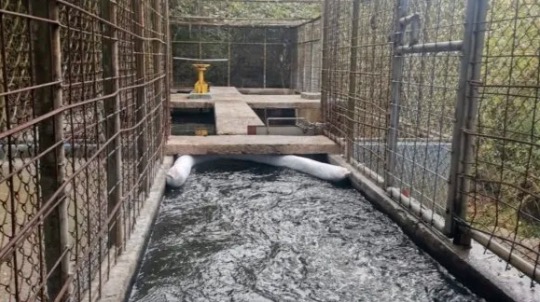
However, the country’s water culture experts do not think so, and pointed out that Costa Rica is a country rich in water resources, and it is very shameful to have so many water use problems. It is believed that there is a problem with the infrastructure, mainly the pipes that have been used for a long time, and these pipes have serious problems such as aging and leaking. In addition, there is a shortage of seasonal reservoirs and a lack of protection of water resources.
In addition, according to the estimate of the Costa Rican National Meteorological Research Institute (IMN), under normal circumstances, the annual average rainfall in the Balva area of Costa Rica is 4,000 to 5,000 millimeters, but due to the insufficient capacity of the constructed water tanks, a lot of water resources have been lost.
In addition, the current water pollution problem affects drinking water and agricultural problems. For the current problem of drinking water pollution, the remedial measure is to use water tank trucks to supply water to the contaminated area, because of concerns that the human body will feel unwell after drinking. In addition, the country’s agricultural department is concerned that after these water polluted by xylene enters the soil, it will have toxic effects on the soil and plants, and damage the ecological environment of the soil. In addition, the La Nina weather may come again in the second half of the year, which will make Costa Rica have severe weather such as drought, and may further exacerbate the problem of water shortage, and ultimately affect the quality and yield decline of crops such as coffee.
In this regard, the chairman of AyA said that a “investment acceleration plan” is currently being formulated for the construction and renovation of the water supply system, but the available funds of AyA are still not enough to immediately renovate the entire water supply system. The main reason is that the previous governments’ poor management led to the loss of resources, and the current funds are limited, and the situation can only be slowly resolved.
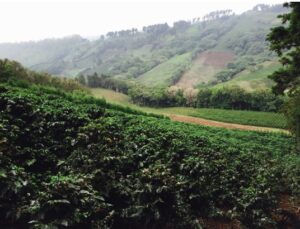
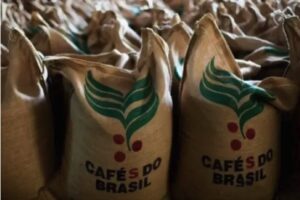
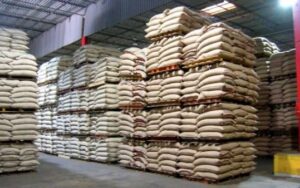
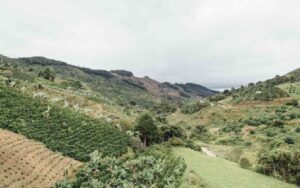

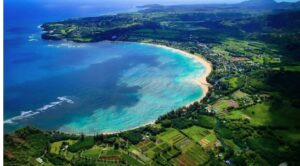
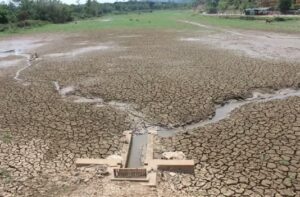
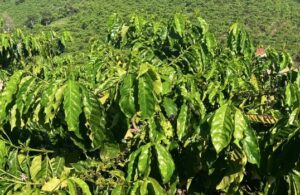
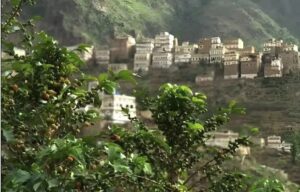

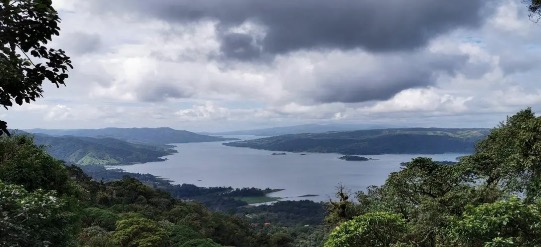
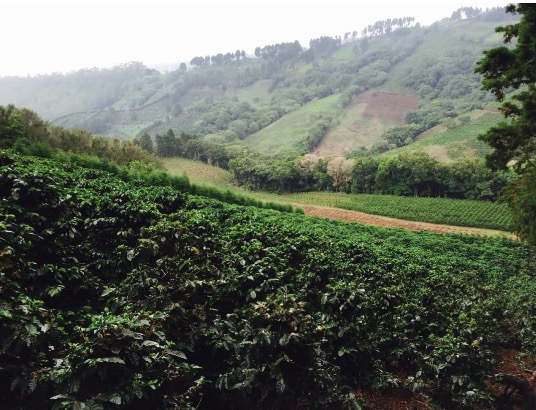
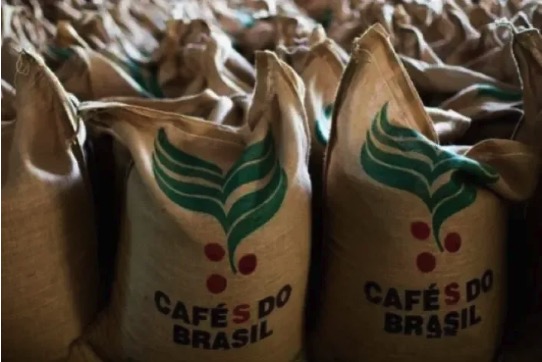
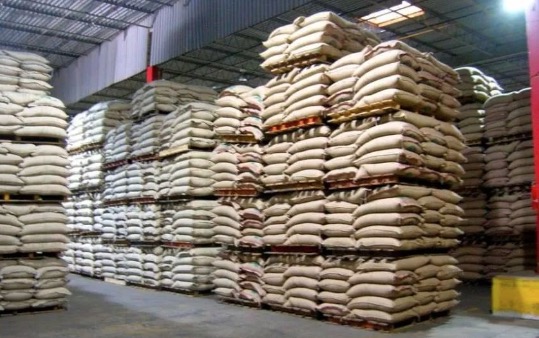

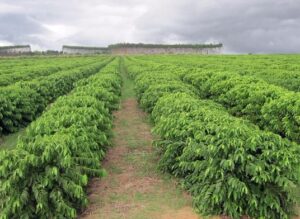
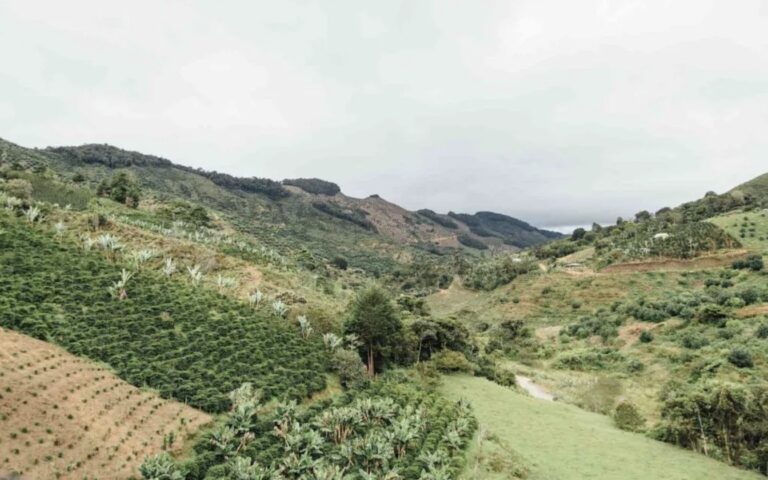
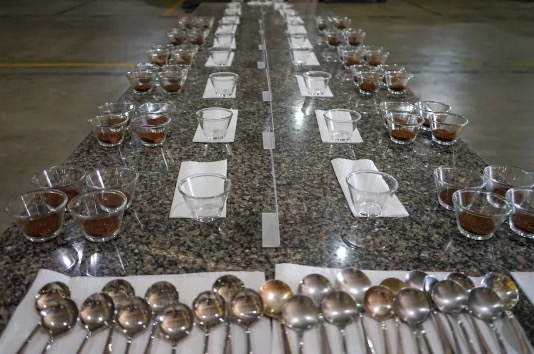
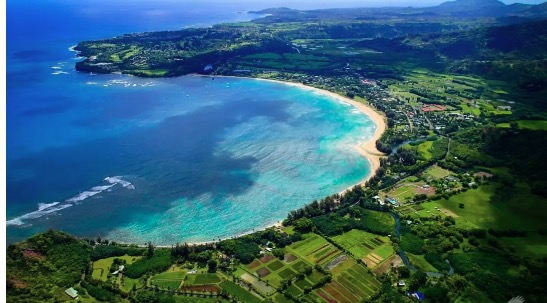
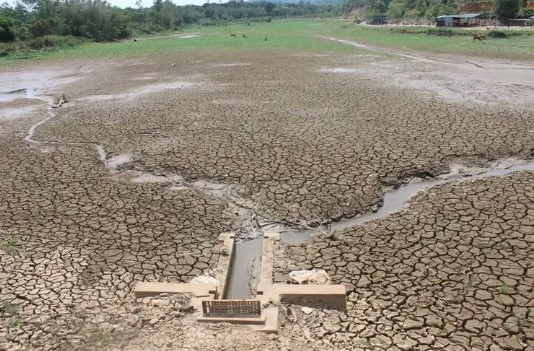
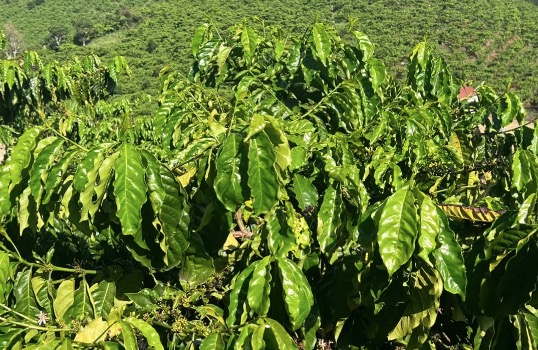
+ There are no comments
Add yours